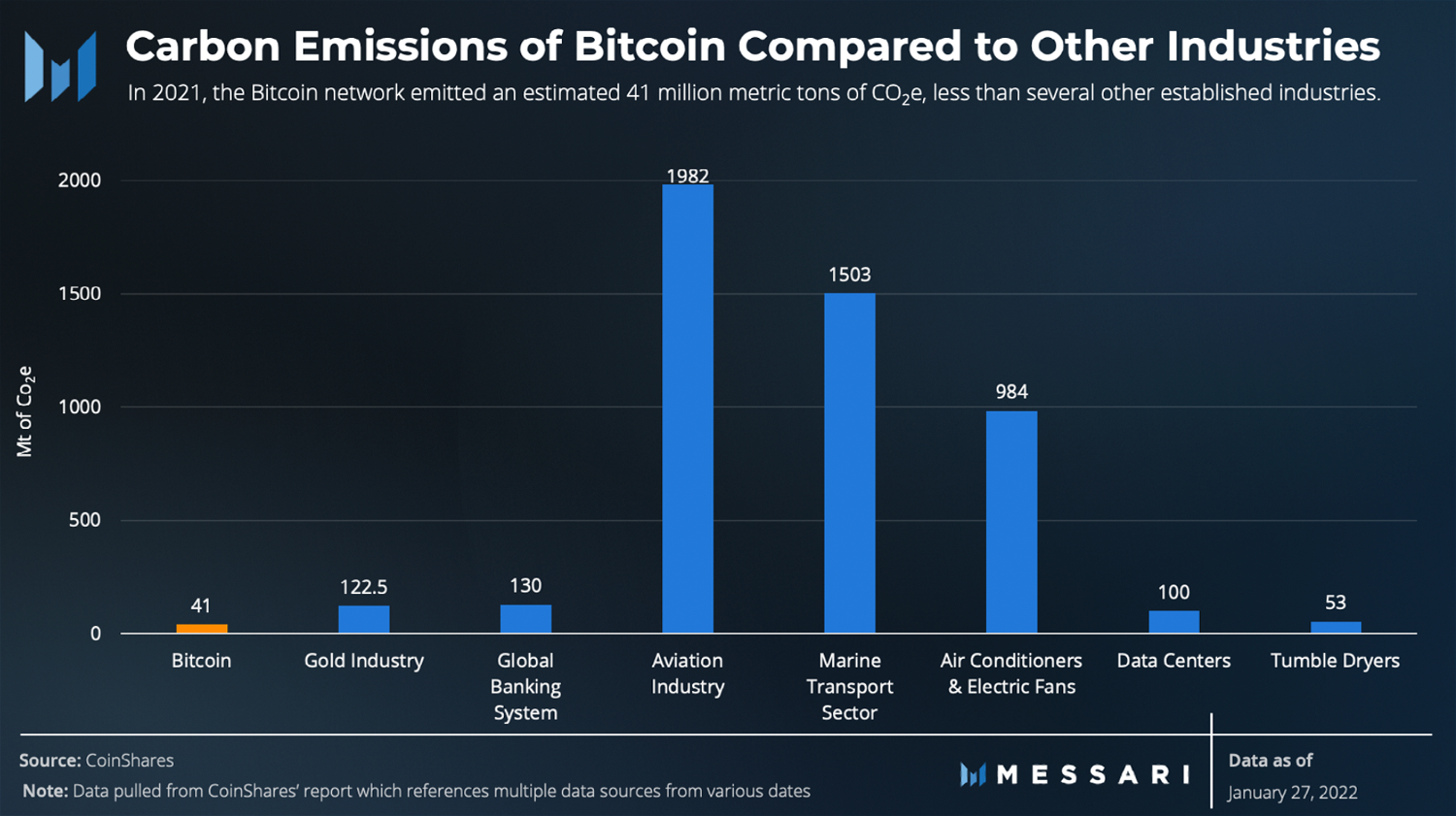My notes on Messari Report 2023
Read full report here: https://resources.messari.io/pdf/messari-report-crypto-theses-for-2023.pdf

Fiat | Collateral-debt | Algorithmic | |
Tokens | USDC, USDT, BUSD | DAI, MIM, | FRAX, USDD |
Centralization | Centralized | Decentralized | Decentralized |
Factor | = $1 | < $1 | > $1 |
Backing | Fiat
Centralized, off-chain partners (banks)
Implicit sponsor firms (Circle) | Exogenous Collateral
Overcollaterized
| Endogenous + Exogenous
Redemptions + mints assumes value in projects governance token
Ranges in collateral levels |
Limitations | Single point of failure (centralized)
Can blacklist addresses (central company has contral) | Requires more money deposited than withdrawn (inefficient use of capital) | Stability dependent on governance token |